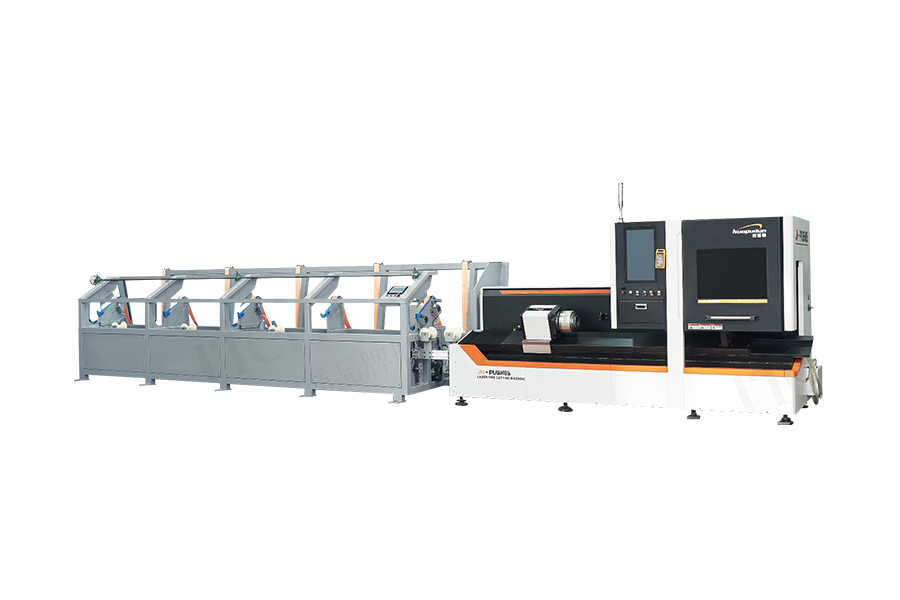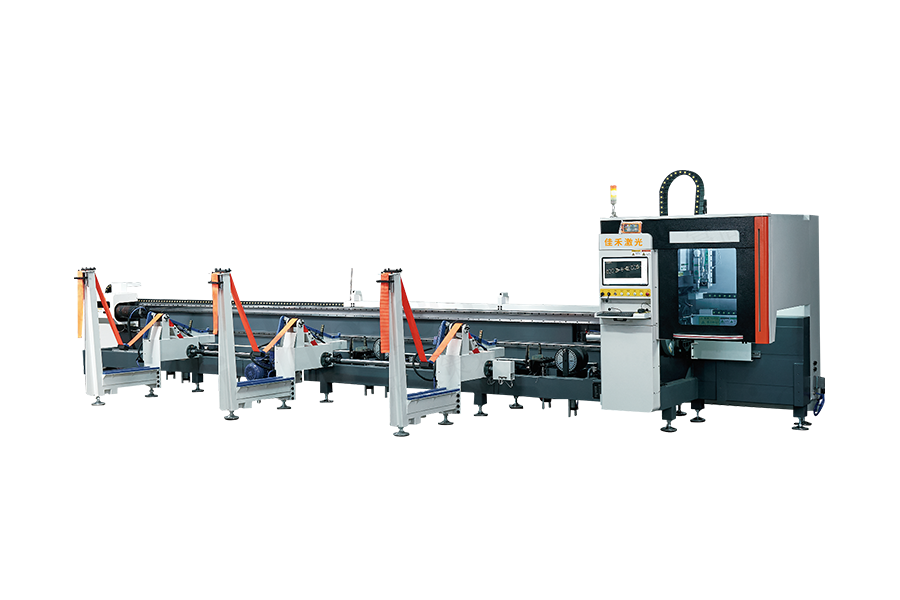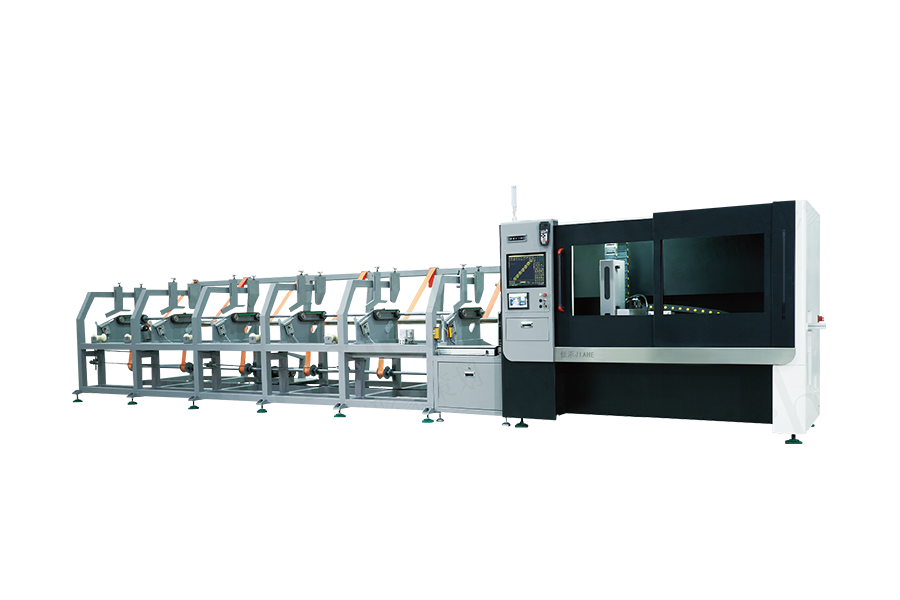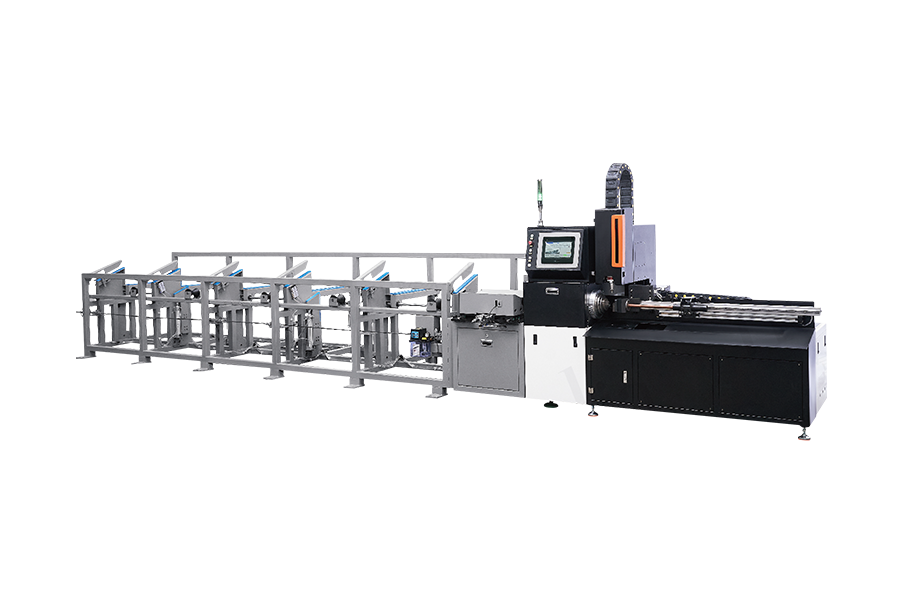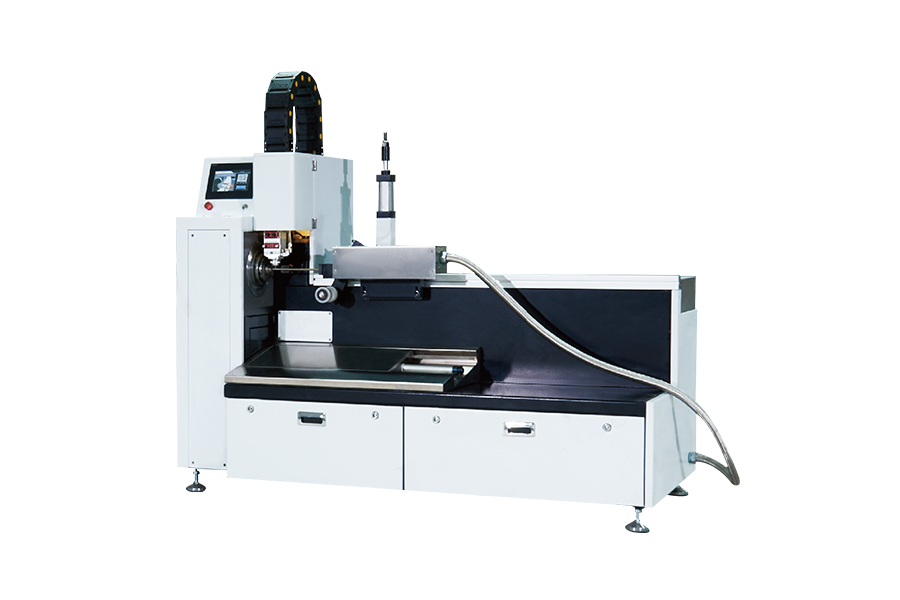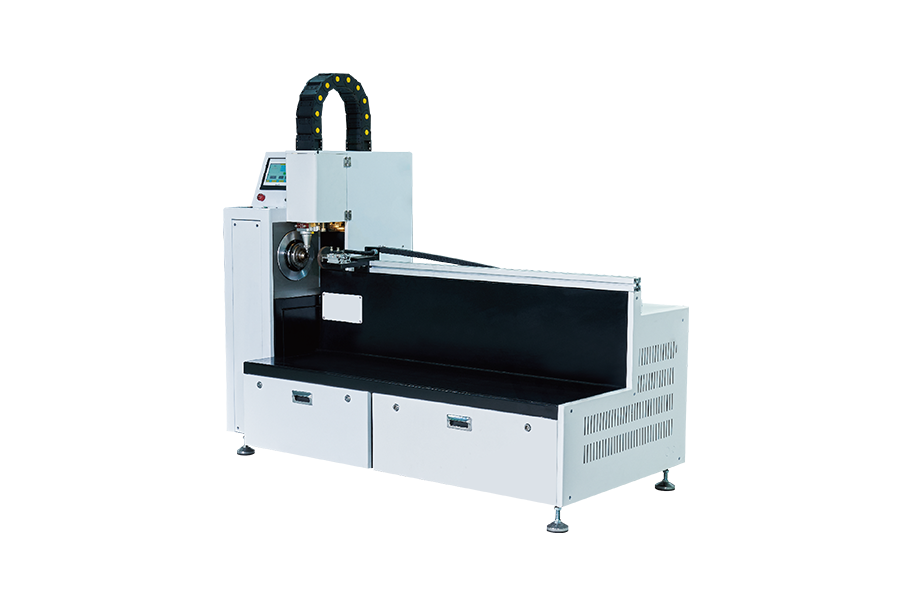Professional R&D, production, sales and after-sales integration.
We have many years of experience in R&D of automation technology and laser technology
In the world of precision manufacturing, the High-Speed Laser Pipe Cutting Machine is emerging as a game-changer, offering unprecedented advancements in speed, accuracy, and versatility. This cutting-edge technology is revolutionizing industries that rely on pipe cutting, from aerospace to automotive and beyond. The High-Speed Laser Pipe Cutting Machine is redefining standards and setting new benchmarks for efficiency and performance.
The High-Speed Laser Pipe Cutting Machine is distinguished by its remarkable speed. Unlike traditional pipe cutting methods, which often involve multiple steps and slower processing times, the High-Speed Laser Pipe Cutting Machine delivers rapid, high-precision cuts in a single operation. This efficiency not only accelerates production cycles but also minimizes downtime and enhances overall productivity.
The advanced laser technology used in these machines allows for ultra-fast cutting speeds, significantly reducing the time required to process large volumes of pipes and tubes. This increased speed translates into faster turnaround times for manufacturers, enabling them to meet tight deadlines and respond swiftly to market demands.
One of the standout features of the High-Speed Laser Pipe Cutting Machine is its precision. The machine's laser technology ensures that each cut is executed with exceptional accuracy, achieving tight tolerances and complex geometries that are challenging to replicate with traditional cutting methods. This precision is critical for industries where exact measurements and flawless finishes are essential.
The High-Speed Laser Pipe Cutting Machine uses advanced laser beams to cut through various materials, including metals, plastics, and composites, with minimal distortion and high-quality edges. The machine's ability to maintain consistent precision throughout the cutting process ensures that every piece meets stringent quality standards.
The versatility of the High-Speed Laser Pipe Cutting Machine makes it a valuable asset for a wide range of applications. From manufacturing aerospace components to producing automotive parts and fabricating structural elements for construction projects, the machine's ability to handle different materials and sizes adds to its appeal.
In the aerospace industry, the High-Speed Laser Pipe Cutting Machine is used to create high-precision components that adhere to rigorous safety and performance standards. The machine's accuracy ensures that parts fit perfectly and function reliably in demanding environments.
The automotive sector benefits from the High-Speed Laser Pipe Cutting Machine as well, with the machine delivering components that meet exacting specifications for quality and performance. The ability to cut complex shapes and intricate designs makes it a valuable tool for producing parts for various automotive systems and assemblies.
In construction, the High-Speed Laser Pipe Cutting Machine contributes to the fabrication of structural pipes and tubes, ensuring that components are cut accurately and efficiently. The machine's speed and precision help streamline construction processes and enhance the overall quality of building projects.
The impact of the High-Speed Laser Pipe Cutting Machine extends beyond speed and precision. The machine's efficiency contributes to increased productivity and cost savings for manufacturers. By performing precise cuts in a single pass, the machine reduces the need for additional processing and minimizes material waste.
Traditional cutting methods often result in significant waste due to inaccuracies or the need for multiple steps to achieve the desired results. The High-Speed Laser Pipe Cutting Machine addresses this issue by delivering accurate cuts on the first attempt, leading to more efficient use of materials and lower production costs.
As technology continues to evolve, the High-Speed Laser Pipe Cutting Machine is expected to see further advancements. Future innovations may include enhanced automation features, improved laser technologies, and advanced software solutions that optimize cutting performance and efficiency.
Potential upgrades could focus on expanding the machine's capabilities to handle an even broader range of materials and sizes. Enhanced control systems and real-time monitoring features may also contribute to greater precision and reliability.

 English
English 中文简体
中文简体 русский
русский